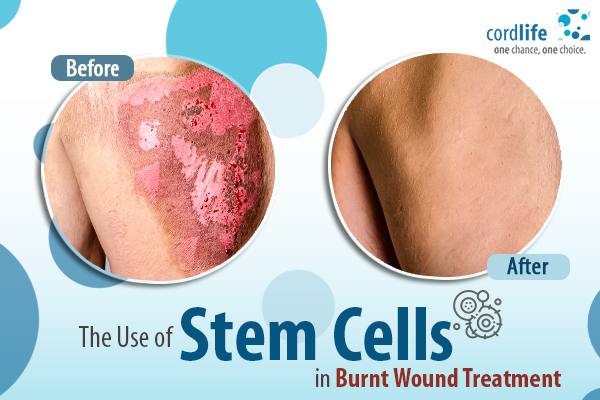Table of Contents
Nearly half a million people, from across the world, seek medical help for accidental burns and are hospitalised in severe conditions. These are fatal burns, often causing death. However, there are many other kinds of burns, which may leave the patients physically disabled for their entire lifetime.
What Are Burns?
Burns are therefore, accidental skin cell damages brought on by fire, chemicals, electricity or radiation, leaving the skin:
- terribly pained,
- swelled and
- charred.
Treatments for burn wounds depends upon the type of the burn and how deep it is covering the body.
Conventional Burn Wound Care
A medical health practitioner always follows the thumb rule of cleaning the burnt area first with cool water and then applying gel upon it. *2. However, use of autologous skin grafting technique was the first known severe burn wound treatment, reported in 1881. Until now skin grafting technique happens to be a standard practice to treat severe burnt cases.
Earlier, in severely burnt cases (full-thickness burn or 3rd degree burn, which damages the epidermis and the entire dermis), doctors discarded and considered the burnt skin to be a medical waste. However, since it contains viable MSCs (burnt-derived Mesenchymal Stem Cells), that can be used for skin regeneration and wound-healing, in present times these cells are characterised and expanded in vitro, which is then incorporated into an established wound coverage material.
Introduction of Cell-based Burn Wound Therapy
In is interesting to know that the culture of cell-based therapy for burn wounds was first introduced after Rheinwald and Green, revolutionised the cell culture technique in 1975. So, for the very first time, clones of some of the major cell types was used during an autograft, where epithelial sheets of cells were produced to restore the functional capacity of the skin.
Research Activities on Burn Wounds Cell Therapy
Such an encouraging report gave rise to worldwide research activities on cell therapy for burn wounds healing process. *4 For example, a Singapore-based biotech company Cell Research Corporation, carried out a test which involved growing stem cells on synthetic scaffolds, preventing three burn victims from undergoing the painful process of skin grafting. Several tissue engineering approaches have been applied in skin-tissue fabrication and tissue substitute including autologous split-thickness skin graft. Autograft micro-skin transplantation has been widely used as skin-graft therapy in full-thickness skin defect.
Aim of Cell-based Therapy In Burn Wound Care
The effectiveness of stem cell therapy in burn wounds have already been tested earlier. With further examination, the stem cell therapists ultimately aimed to see:
- If these cells have the capacity to reduce the effect of the systemic inflammatory response and stop the infection from spreading
- An easy and early wound closure
- Speedy healing
- Regeneration of the skin and its peripheral tissues
- See if the potential usage of Epithelial stem cells (EpSCs) with an effective application of Mesenchymal Stem Cells (MSCs), derived from the umbilical cord and cord blood, covers the wound and completes the healing and skin regeneration process.
Epithelial Stem Cell Therapy on Burn Wound Cover
To prove an early and efficient wound coverage along with the satisfactory epithelialization, cultured epithelial autografts, (EpSCs and keratinocytes combined) is used to facilitate cell delivery with the aim to regenerate the epidermal layer of the burned skin.
But there are several factors that limit the potentially of this technique:
- the time necessary to culture cells
- the reliability of graft ‘take’
- the vulnerability to infection,
- long-term durability, and
- the cost of the treatment.
Mesenchymal Stem Cell Therapy For Burn Wound Healing
Post-burn injury wound healing is of paramount importance and allogeneic mesenchymal stem cells (MSCs) is one of the potential treatments for severe burn injuries:
- MSCs can grow easily
- They can maintain the tissue culture
- They can migrate to support the endogenous cells
- Additionally, its immunomodulation capacity allows it to withstand acute cellular rejection, especially in massive burnt wounds
However, researches state that when burn wounds are treated with allogenic MSCs, the recovery is speedy and there are no adverse treatment complications.
Future Directions
Clinical studies demonstrate that cell-based therapy can be considered as an important alternative for burn wound management. However, there are still certain scientific and technical factors that need to be resolved before full potential of the cellular devices are facilitated. In the meantime, more evidence is required for research at large to define the clinical efficacy and safety of cell therapy in burns.
